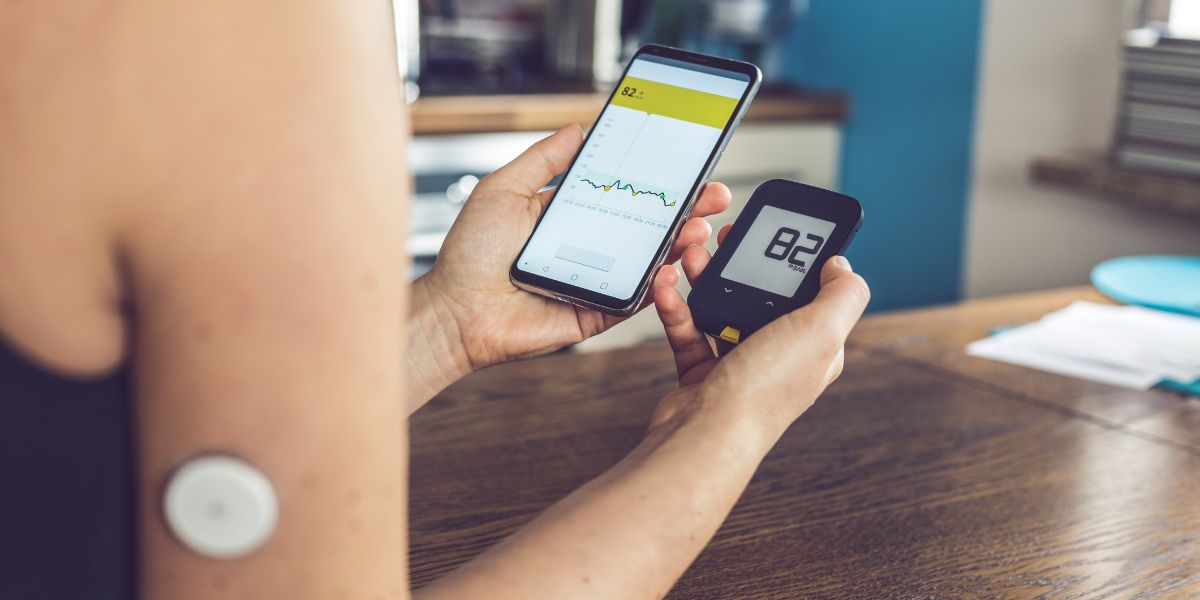BBC star James Norton is among the 300,000 people in the UK living with type 1 diabetes – a chronic disease which can be life-threatening if not managed correctly.
At the age of 22, the Bafta-winning actor was diagnosed with type 1 diabetes after he was experiencing symptoms of the condition, such as tiredness, frequent urinating and weight loss.
The now 39-year-old describes the disease as his ‘mini-superpower’ and claims to be more empathetic to “anyone who has something that makes them a little bit different.”
Type 1 diabetes is a chronic condition that affects the insulin making cells of the pancreas. People with type 1 diabetes don’t make enough insulin – an important hormone produced by the pancreas.
Those with type 1 diabetes are at risk of having hypos – when your blood sugar is below 4mmol/L.
- Major international study into type 1 diabetes in children drawing to a close
- New treatment to transform type 1 diabetes care
- Caution urged for off-label glucose-lowering drugs in type 1 diabetes
A hypo needs to be treated quickly to stop it getting worse, and it can usually be treated by yourself by having a burst of sugar through drinking a fizzy drink or eating a pack of sweets.
Unstable blood sugar can cause severe damage to the tissues in the body, such as the small blood vessels in the eyes, the kidneys and those that supply the nerves in the hands and feet.
Known for his roles in the BBC dramas Happy Valley and McMafia, James Norton has long been raising awareness about type 1 diabetes by taking part in educational events alongside Professor Partha Kar – the NHS’ lead on diabetes technology.
In addition, he often posts pictures on social media showing off his continuous glucose monitor (CGM) – a key indicator that he has type 1 diabetes.
A CGM is a device for people with diabetes that lets you check your glucose (sugar) levels at any time.
With some types, called real-time CGM, the sensor sends results to the receiver or your phone every few minutes. You can see your glucose levels on your receiver at any time.
With other types of CGM, sometimes called flash monitors or intermittently scanned CGM, you need to scan the sensor with the reader or with your phone to see the results.
Most types of CGM, including the FreeStyle Libre 2, have optional alarms to alert you if your blood glucose levels go too low or too high.
A social media user that follows James Norton commented: “I can’t believe you have the same [condition]!”
James Norton said: “Being in a play is complicated because I might be on stage for up to an hour-and-a-half.
“If it’s a period drama I’ll ask the costume designers to create a hidden pocket where I can stash some sugar tablets.”
He added: “Then, if I start to feel shaky, I’ll improvise I’ll wander upstage, throw three dextrose tablets [high glucose supplements] in my mouth and then carry on with the scene. I’ve lost count of the number of times I’ve done that.”
James Norton does not to use an insulin pump and chooses to inject himself instead. He said: “As an actor, I’m constantly changing costumes. Sometimes I have to do a scene naked, with my top off, or wearing tight clothes. I don’t want to be attached to two pieces of equipment.
“I give myself around 15 insulin injections a day. I’m happy with that because it suits my lifestyle.”
- Ticks are helping pave the way for new type 1 diabetes treatments
- Bacterial infection could bring on type 1 diabetes
- Best exercises for people with type 1 diabetes outlined in new research
He continued: “Bear in mind it’s a 5mm needle and it takes me all of seven seconds. I can do three during a meal — my Dexcom [CGM] tells me if I need more insulin before pudding — and no one even notices.”
Since using a CGM, the actor has kept his blood sugars under control and not suffered a single hypo.
James Norton’s family is heavily affected by type 1 diabetes, with his sister and mother also living with the condition.
He said: “Within our little nuclear family of four, it’s completely normal to have type 1 diabetes; my dad is the only one who doesn’t have it.
“My little sister, Jessie, was diagnosed when she was nine. My mum was diagnosed when she was 58 [roughly the same age as Theresa May was when she found out she was type 1].”
He concluded: “I was proud to answer that I never thought for a moment it would slow me down. It’s a lovely, empowering thing.”









